Frijoles de Olla (Authentic Mexican Beans From Scratch)
Mastering how to make a traditional pot of frijoles de olla or Mexican beans will change your life! Homemade beans are cheaper and taste much better than canned beans. With this easy recipe you can have a week’s worth of delicious meals. No-soaking required and can be made in a pot, Instant Pot or slow cooker.
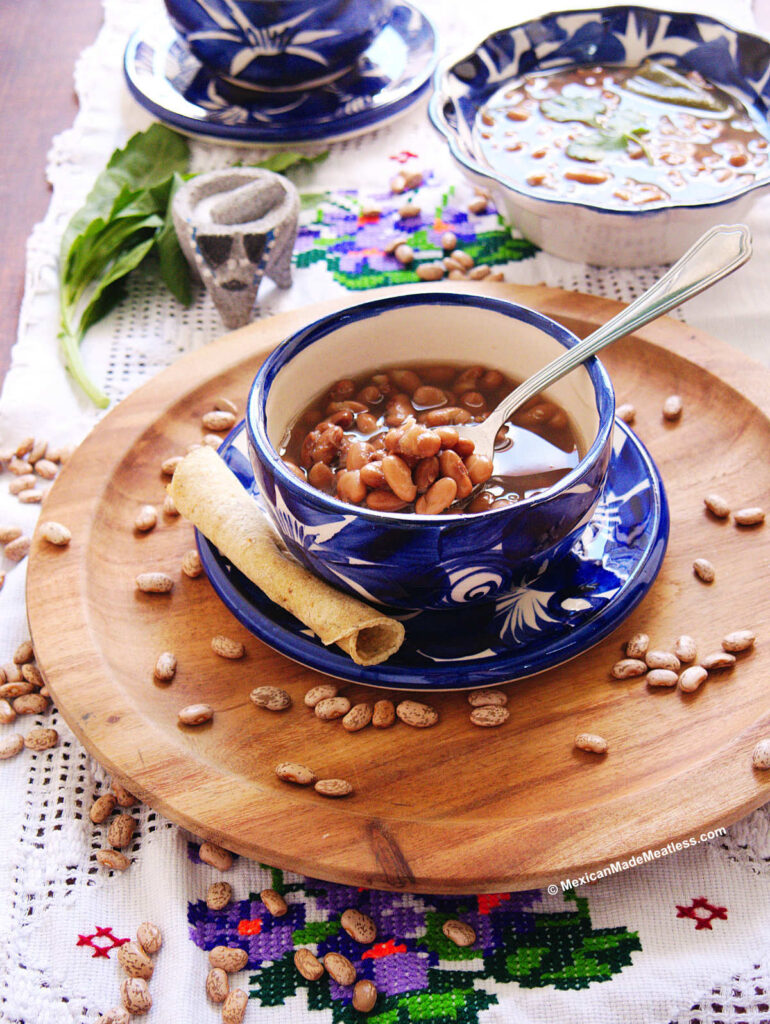
Where Do Beans Come From
Once believed to have originated in Peru, the common bean is now thought to have been first cultivated in what today is called Central Mexico. From there it spread throughout Central and South America before making it’s way to Europe via the Spanish. *
Do Mexicans Eat a Lot of Beans
In Mexican cooking there are 3 ever-present ingredients: chiles, corn and beans.
They can all be prepared into a great variety of forms, but what doesn’t change is their importance in the deep history of Mexican cuisine.
In the book Nuestro Mero Mole by Jesus Flores y Escalante wrote that “Mexico is the country where beans are used the most.”
He goes on to say that beans can be found in 70% of Mexican dishes, the percentage includes appetizers, snacks, side, and main dishes.
That is a huge number and a great reason for those interested in authentic Mexican cuisine to learn to cook beans from scratch.
You will typically find cooked beans either on the stove or in the fridge in pretty much any Mexican household.
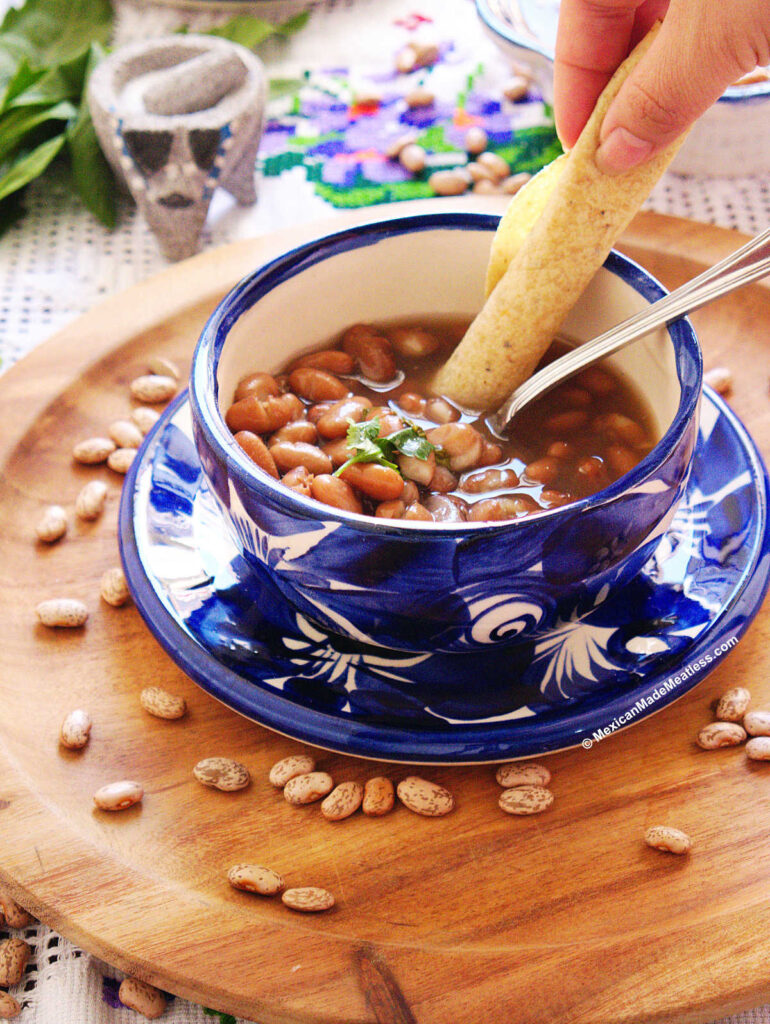
Beans are such an integral part of our daily nourishment and so Mexican cooks take the process of simmering a pot of beans quite seriously.
Each person has their own unique way of preparing them. Everything from the preferred type of beans, the type of pot used, and to the seasonings can differ greatly from one cook to another.
You don’t have to feel overwhelmed because your homemade batch of frijoles can be prepared any way you like.
I’m going to share some basics and tips to help you navigate the process. At the end you will have all the information you need and be proud of your simmering frijoles de olla or pot of beans.
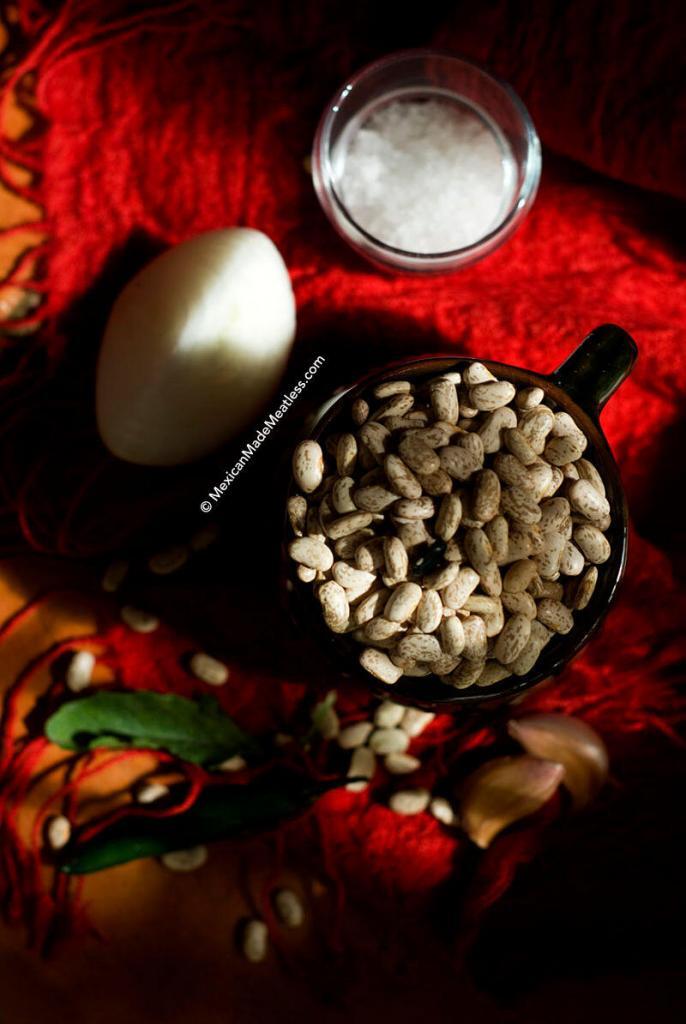
Frijol or Frijoles: Guide to Making Mexican Beans
Frijol means beans, as in dried beans and frijoles referrers to cooked beans.
In Mexico we call our traditional beans cooked in a pot frijoles de olla. Some Northern Mexican regions call them frijoles de la olla. It’s all the same thing.
Cooking beans is part of the weekly kitchen chores for many Mexican households.
They are eaten throughout the week either as a side dish or part of a main dish like when used for enfrijoladas. You can be sure that they are an important ingredient of Mexican food.
Trust me amigos, when you start making frijoles at home you won’t want to go back to the canned stuff. You’ll quickly notice the huge difference not only in the flavor of the beans but also in your wallet!
FIY I actually interviewed my whole family for this article so that I could give you as much information and variations as possible for making frijoles de olla.
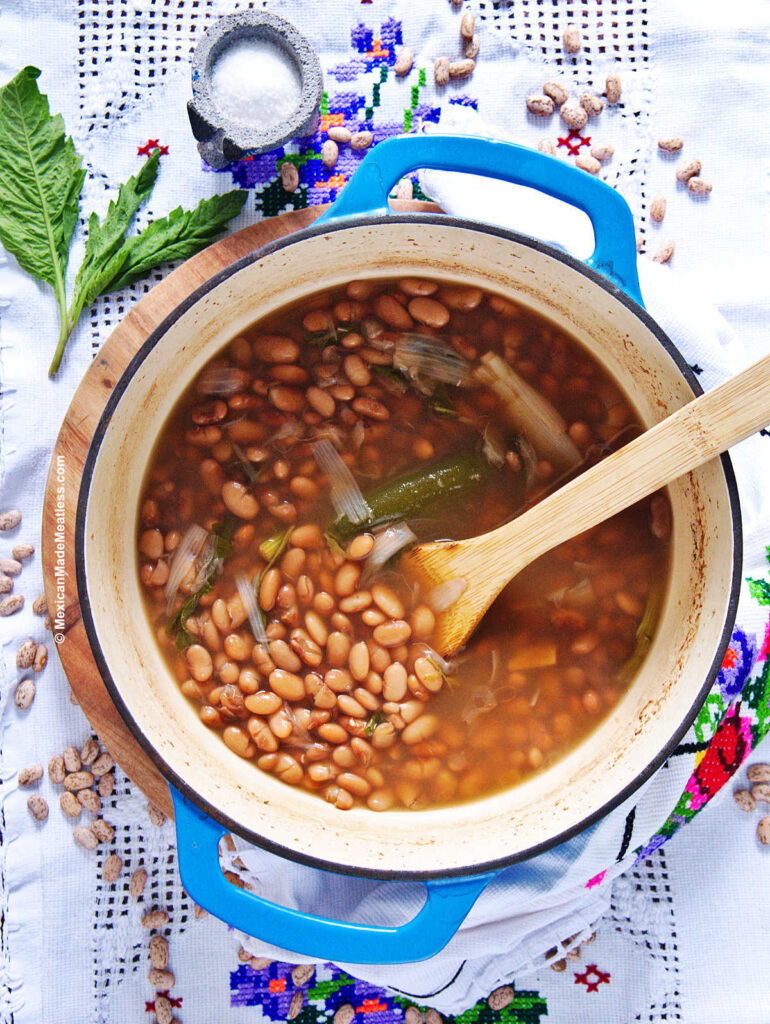
What Kind of Pot to Use
The Spanish word for pot is olla.
Frijoles de olla translates to beans from the pot.
The most traditional way to cook a pot of Mexican beans is to use an earthenware pot or olla de barro. These large clay pots are believed to impart an indispensable and unique flavor to the beans.
But don’t worry if you don’t own one because you can still make authentic and delectable frijoles de olla in a regular pot. (Psst…I love using my enameled cast iron Dutch oven pot.)
My mother, like many other Mexican cooks, occasionally uses an old-style pressure cooker to cook beans. I’m scared of those pressure cookers. But thankfully nowadays the electric pressure cooker is widely available. I use my Instant Pot all the time to make my frijoles de la olla de presión.
You could even make Mexican beans in a slow cooker if you’d like, more on that to follow.
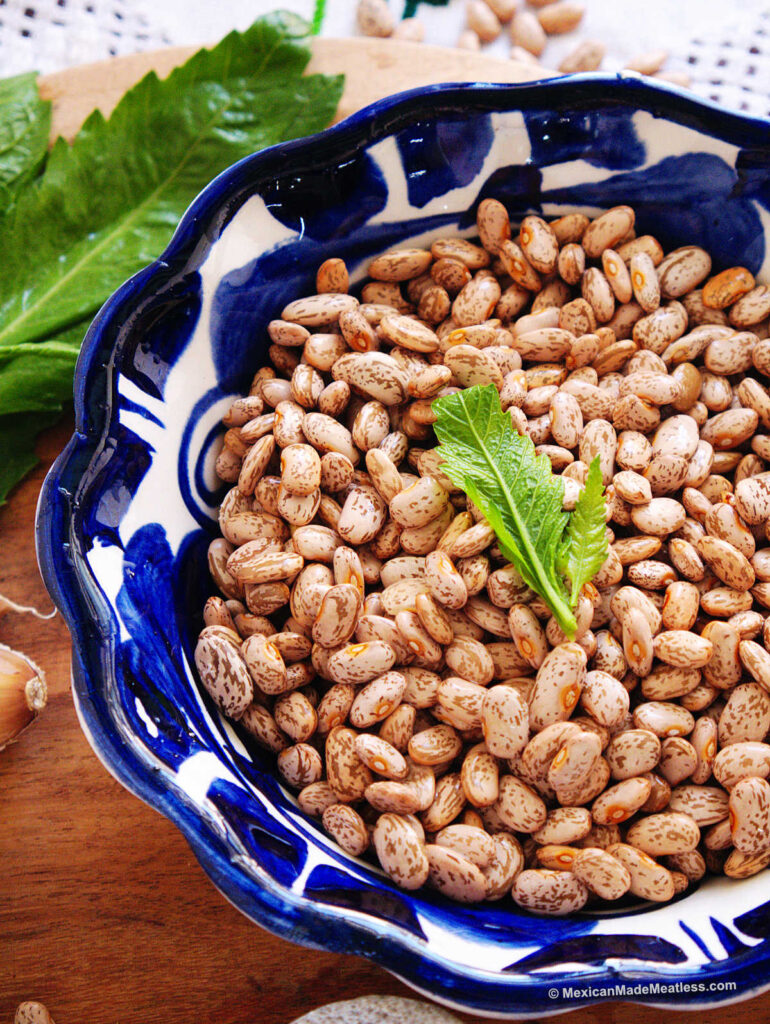
Which Dried Beans to Use for Frijoles de Olla
In Mexico there’s a big choice of dried beans. It’s believed that over 50 varieties of beans are eaten in Mexico. They are all delicious and can all be prepared the same way or in a variety of recipes.
Each family tends to have a favorite or a couple of favorites they stick too. Different Mexican regions will also determine which beans are used.
The most popular types of beans used for making a pot of beans are pinto beans, black beans, peruano also called mayocoba, flor de mayo and frijol bayo. All of which are delicious in their own right and can be used in an array of recipes.
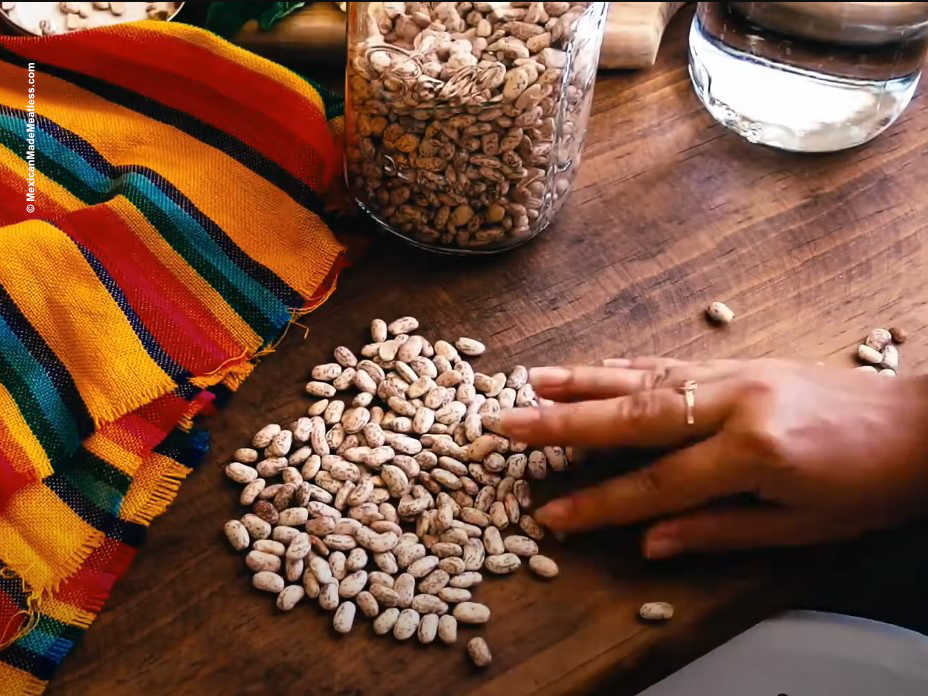
Sorting The Beans
The next step is to pick through them. This means that we need to inspect them for small rocks, debris, and wrinkled, discolored, damaged, or beans with holes.
The beans should be fresher beans and of good quality. Avoid wrinkled, damaged beans, and ones with holes.
Why you ask.
- The wrinkled beans are too dry, they’ll take much longer to cook and won’t taste as good as smooth-skinned beans.
- Damaged or ones that are chipped or split should be discarded just to be safe.
- Beans that have holes may be infested with bean weevils. You might want to throw out those packages because the weevils will infest other dry goods in your cupboard.

How To Season Frijoles de Olla
This is another important element in the frijoles cooking process where opinions vary greatly. I’ll give you my opinions and different options but feel free to pick and choose from the list.
Salt
If you research instructions for cooking dried beans the opinion is to skip the salt until the beans have softened.
My brother-in-law salts only at the end of cooking, while my mother waits after the beans have softened and 20 minutes before the beans are done.
In all honestly, I sometimes add the salt at the beginning and other times after softening, I haven’t noticed a real difference in the cooking times. So it’s up to you.
What I would suggest is to try to use sea salt for better flavor.

Herbs
One of my sisters likes to use culantro (not exactly the same thing as cilantro), some people like to use bay leaves or even avocado leaves.
For my pot beans I like to add fresh leaves of epazote. You might have a difficult time locating this Mexican herb, but if you find it then I highly suggest using it.
Epazote has a very unique smell and flavor that I find quite pleasant. It is also used by many traditional cooks because it’s believed to prevent the unpleasant side effect (flatulence) some can experience from eating beans.
I recently read that some cooks like adding baking soda to help eliminate the intestinal problems. I’ve never seen Mexican cooks do this so I can’t tell you if in fact, it works. It makes me wonder if a bitter taste is left on the beans?
Seasonings
The most common seasonings for making beans are: onions, garlic and chiles.
The use of these three varies greatly. Some Mexican cooks use only onion, while others don’t use any until the boiled beans are ready to be made into refried beans.
About half of the family members I interviewed said they like to add one or two garlic cloves.
No one in my family mentioned adding chile peppers to the boiling beans, but I’ve read many recipes where people add a jalapeño or Serrano pepper. Sometimes I add chile de arbol.
One of my cousins made a good point, she said she waits to add any additional ingredients until she either mashes or makes a dish out of the boiled beans. I personally like to use all three (onion, garlic, and chiles), but it is up to you.
Fat
Half of my family members mentioned adding a splash of oil to the simmering pot. One cousin said she does so to prevent the beans from becoming sour and to help them last longer.
I know some people add a little bit of oil when cooking beans in the Instant Pot. It’s believed that this prevents them from foaming and the foam leaking out of pot. I’ve never had this problem, though.
I personally don’t add any type of fat until I use the cooked beans to make frijoles refritos and then it’s usually olive oil for health reasons.
Liquid
The liquid used when cooking traditional frijoles de olla is just plain water.
But I have seen some non-authentic recipes calling for chicken broth.
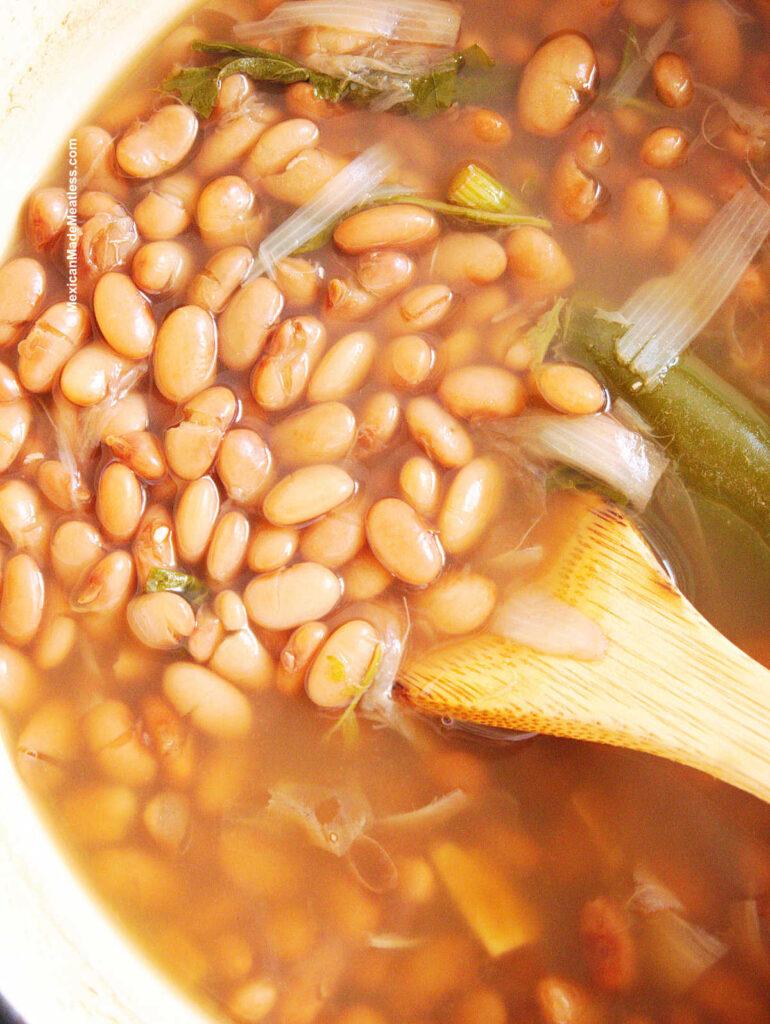
Do Dried Beans Need to Be Soaked?
Growing up I never once saw my mother or any other extended family member soak beans overnight. I personally don’t like to pre-soak beans, the only exception is if I won’t be home for the required simmering time.
The reason some cooks pre-soak beans is because it’s believed to speed up the cooking time.
Some also believe that this process eliminates the enzyme that causes flatulence. (In the seasonings section I’ll tell you another way you can neutralize the enzyme.)
One reason I don’t like to pre-soak beans is that I’ve read that nutrients can be lost in the process. Additionally, they can easily begin fermenting and develop a sour smell and taste.
If you choose to pre-soak The World’s Healthiest Foods website suggests “placing them in a bowl of cold water and keeping them in the refrigerator for eight hours or overnight…the next day…drain and rinse the beans well with clean fresh water” before cooking.
What About The Quick-Soak Method?
Another method people use to expedite the cooking process is the “quick-soak” method.
Quick-soak is done by bringing the dried beans to a boil, then turning off the heat and allowing them to sit for an hour before continuing to cook until soft.
Saveur had to say this, “we found that an hour in warm water made virtually no difference in the cooking time, so go for either the overnight soak or none at all. “
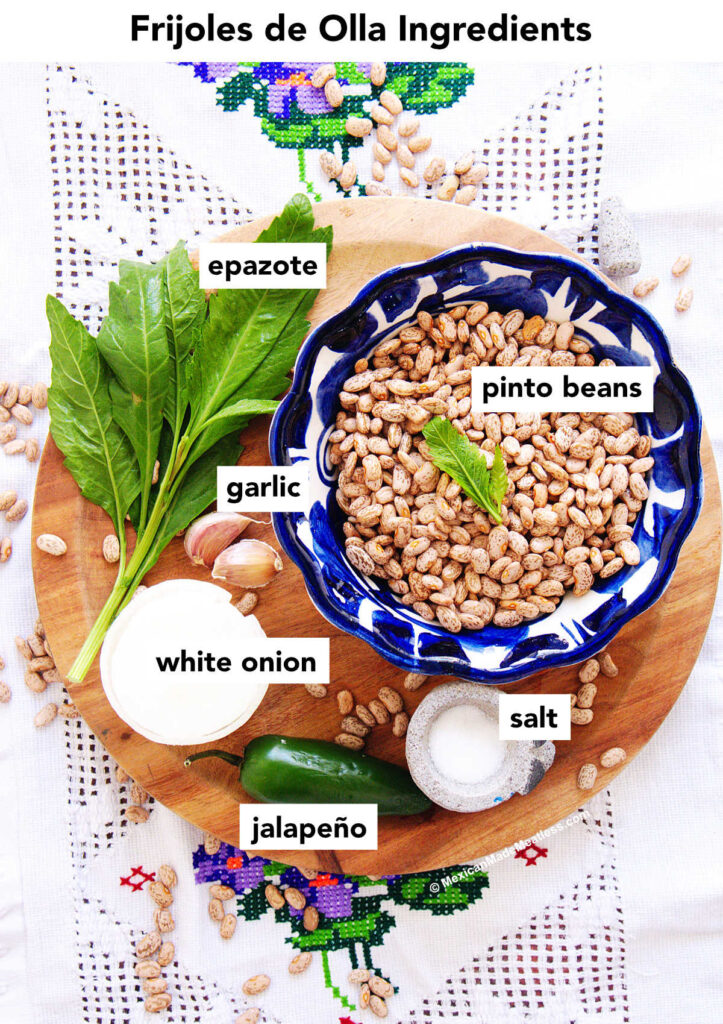
Frijoles de Olla Ingredients
Amigos this simple dish requires such simple ingredients that are, or should be, pantry staples.
- Dried Beans: For this recipe we’ll be using pinto beans.
- Herbs and Seasonings: white onion, garlic cloves, jalapeno pepper, epazote and salt.
- Water
How to Make Frijoles de la Olla
Making a big pot of frijoles de olla is incredibly easy and so inexpensive!
Remember that for this basic recipe we’ll be using frijoles pintos, but do check out the links to my other bean recipes below. For crock pots and Instant pot Mexican beans instructions check the recipe card.
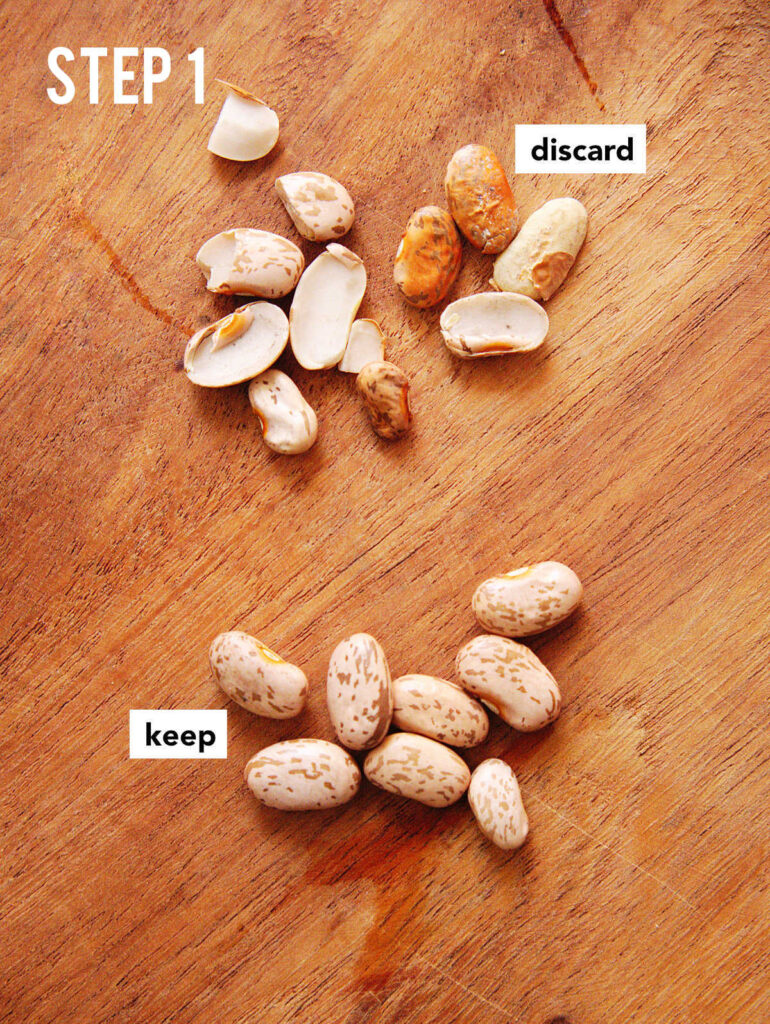
Step 1: Pick Through Beans
Place the beans on a countertop or table and little by little inspect them. Push the good quality beans to one side and all the damaged ones and any rocks off to another side to discard. Continue until you’ve inspected all of the frijoles you’ll be cooking.
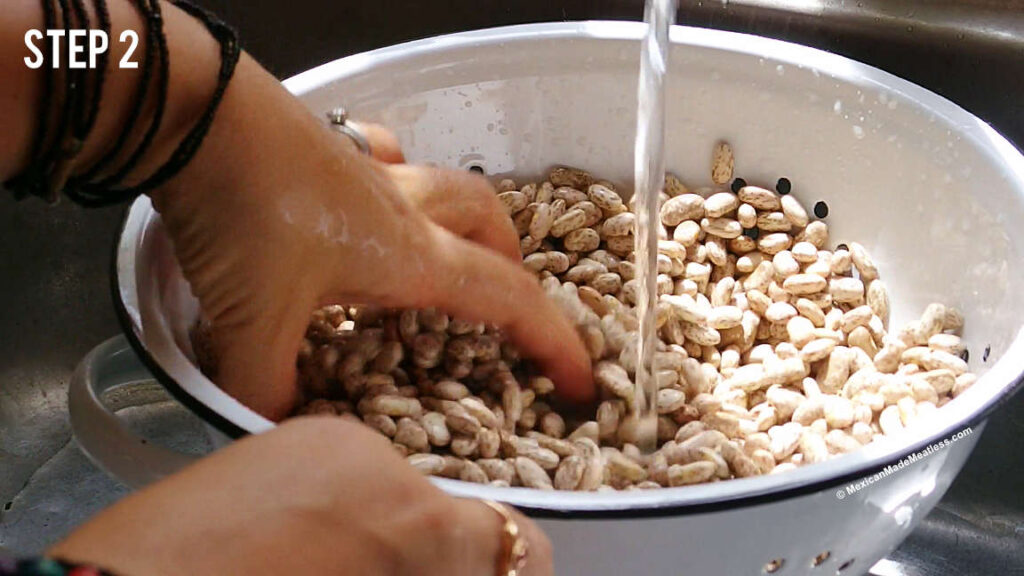
Step 2: Rinse
Pour the beans onto a colander then thoroughly rinse with cool water. Drain off excess water.
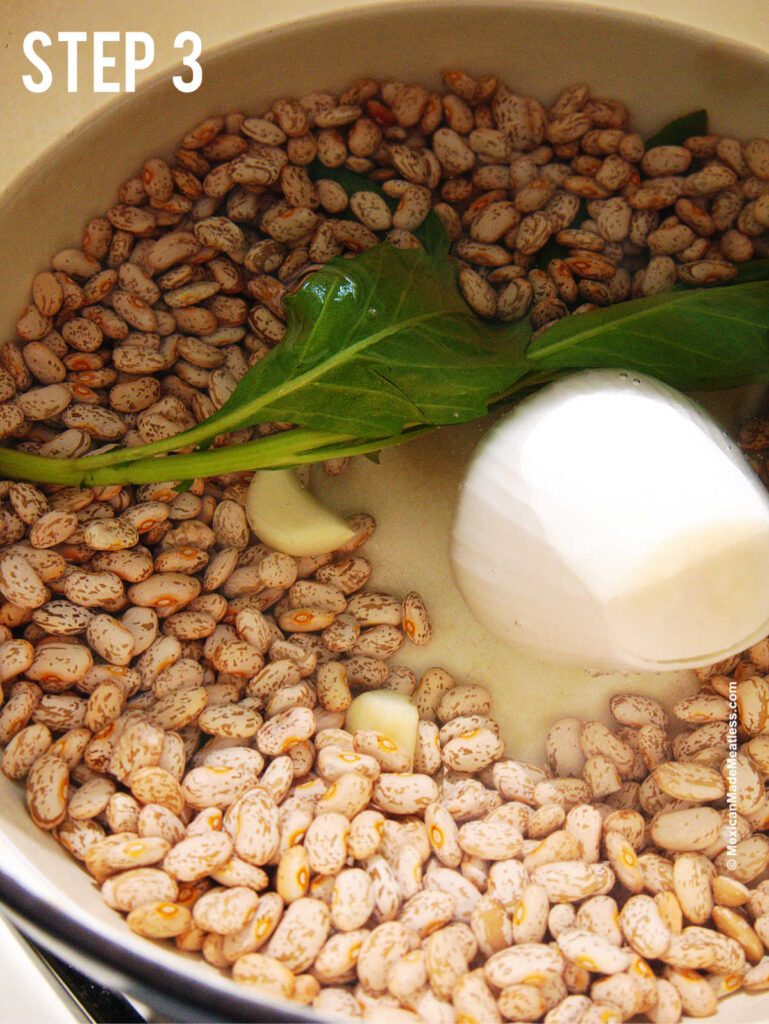
Step 3: Add to Pot
Place the rinsed beans in your pot of choice. Add the onion, garlic, and chile if using. Pour in enough cups of water to cover the beans by a few inches. If you notice any beans float to the top, scoop out and remove because those are bad beans.
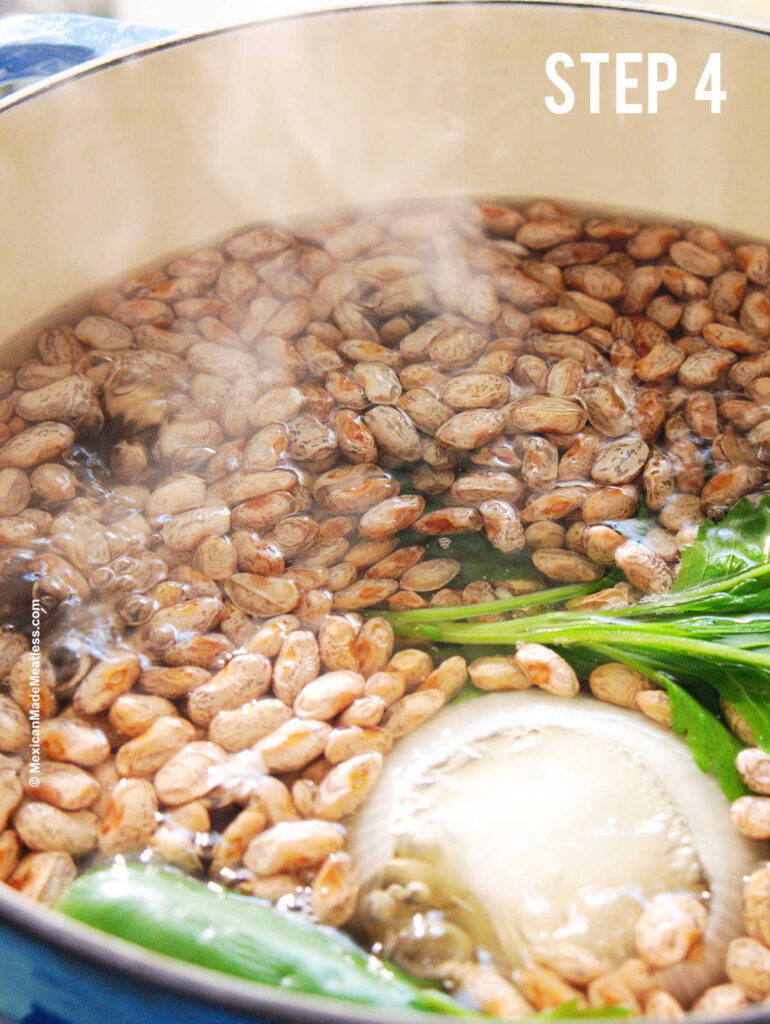
Step 4: Simmer
Turn the stove to medium-high heat and allow the water to come to a boil. Once boiling turn the heat down to medium-low, cover the pot, and let the beans cook in a slow simmer until tender. Add hot water as needed. Keep an eye on the pot lid to make sure that it allows out enough steam without causing it to boil over.
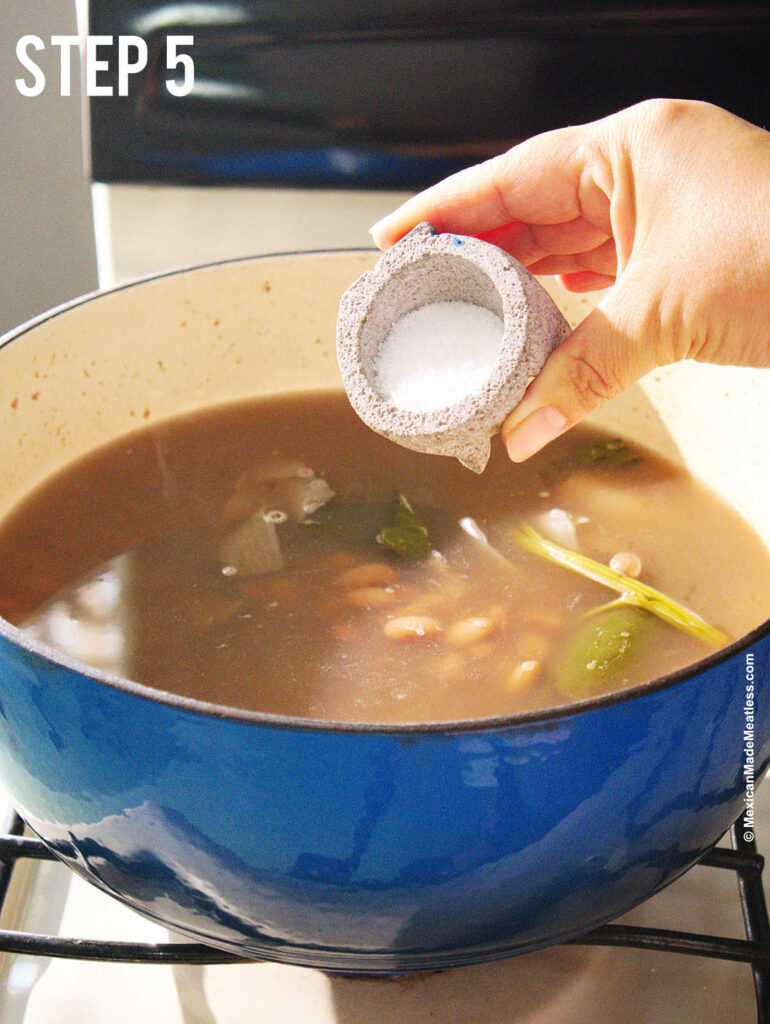
Step 5: Salt
After about 60 minutes you can taste the beans to see if they have softened. If not continue to cook until they do. Once soft and tender you can mix in the salt and simmer for another 20 minutes. Carefully taste for salt and if needed add more.
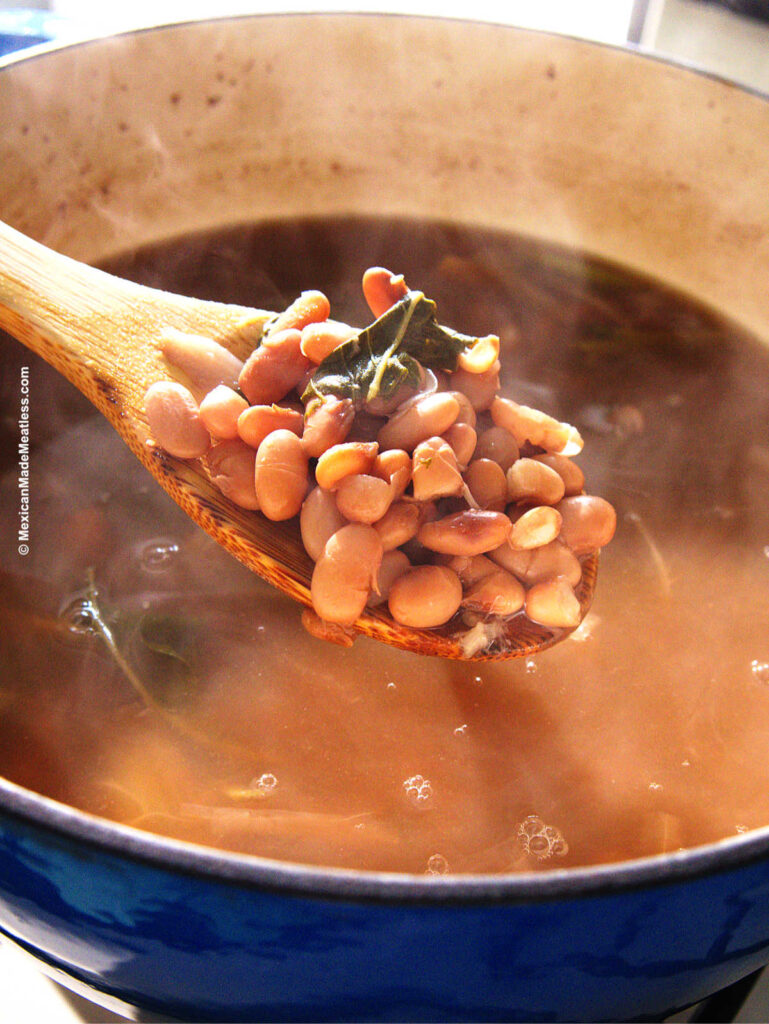
How to Serve Frijoles de Olla
Once your pot of beans is cooked you are ready to serve as a great side dish or to use to make other dishes like charro beans, enfrijoladas. Or you can also make refried beans.
A simple and great way to enjoy your freshly cooked frijoles is by serving yourself a large bowl with some broth. You can top with some chopped cilantro, crumbled queso, maybe some pico de gallo or your favorite fresh salsa, and some warm tortillas.
It’s such a simple meal that’s incredibly flavorful, satisfying, and ultimate comfort food.
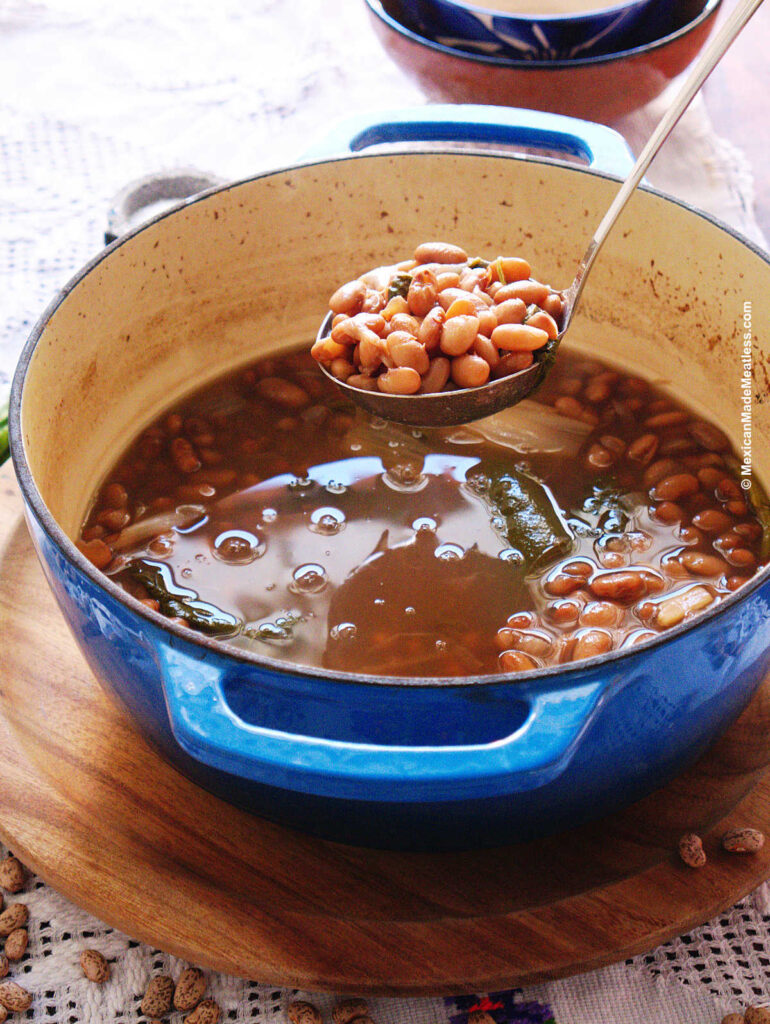
How to Store
Allow leftovers to come to room temperature before storing in an airtight container for later use.
Frijoles de olla will keep fresh in the refrigerator for up to 1 week. You’ll know they’ve gone off because they’ll have quite an unpleasant pungent smell.
In the freezer they can be stored for up to 3 months.
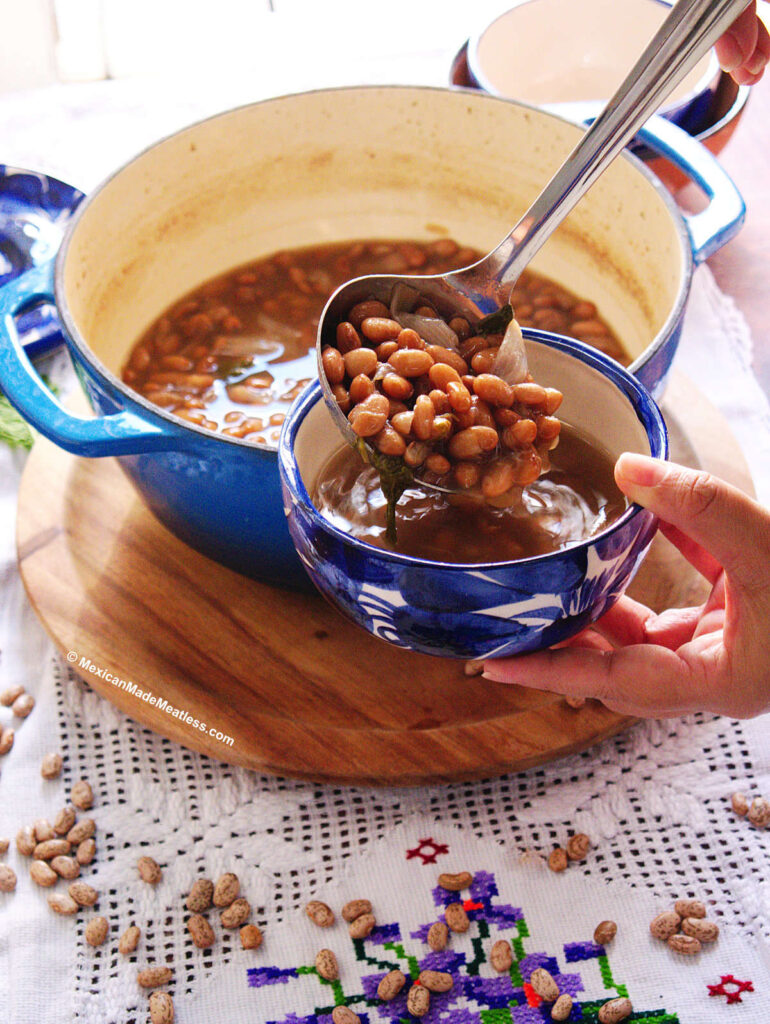
How to Reheat
You can reheat the amount needed on the stove for about 10 minutes. Or you can also reheat in the microwave for a couple of minutes – just be careful because they may splatter inside the microwave.
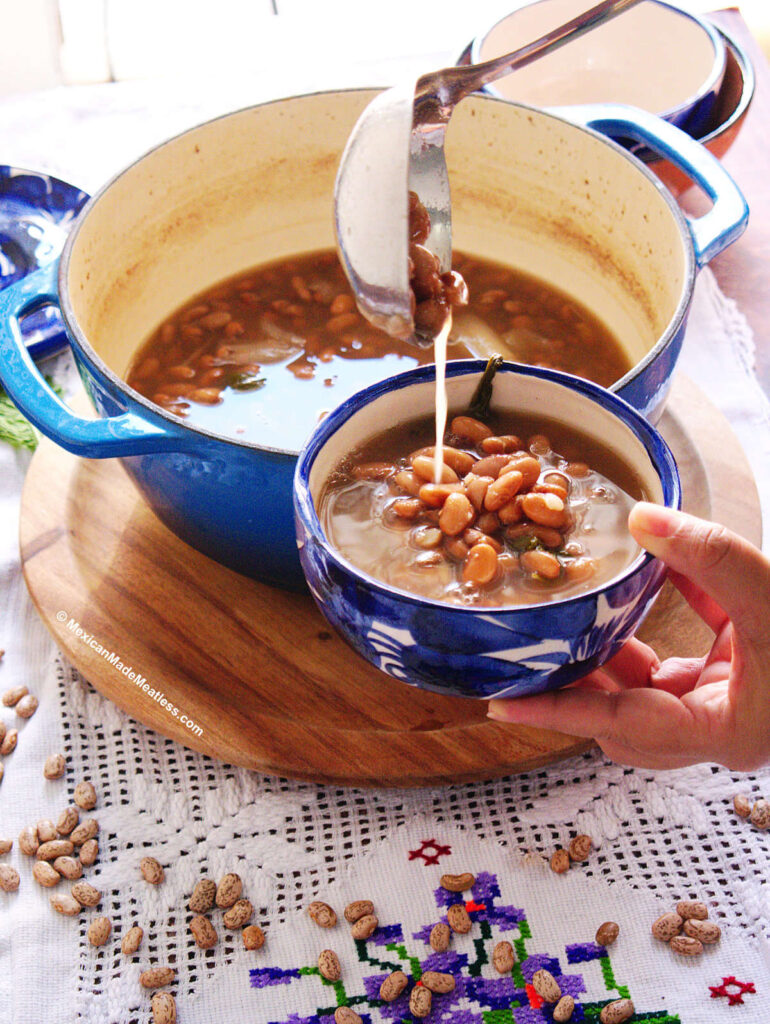
More Mexican Bean Recipes to Try
- Frijoles Negros Recipe
- Refried Frijoles Negros
- Authentic Refried Beans
- Peruano Beans (peruvian beans)
- Frijoles Charros
- Molletes
- Bean and Chorizo Dip
What Causes Beans to Take Longer to Cook
Occasionally you may have beans that even after cooking a long time still aren’t soft. So what causes this?
A tough bean can be the result of using old beans. Remember previously I stated the importance of using fresh dried beans. Well here’s a very important reason why and a great excuse to not let your dried beans sit too long in the pantry.
Acidic ingredients like lime, lemon, tomatoes, vinegar, etc., should be added only once the beans have cooked through.
The reason being that acid will slow down the cooking time tremendously. Instead, if you want to add those ingredients wait until you mash them or prepare the cooked beans into bean stews.
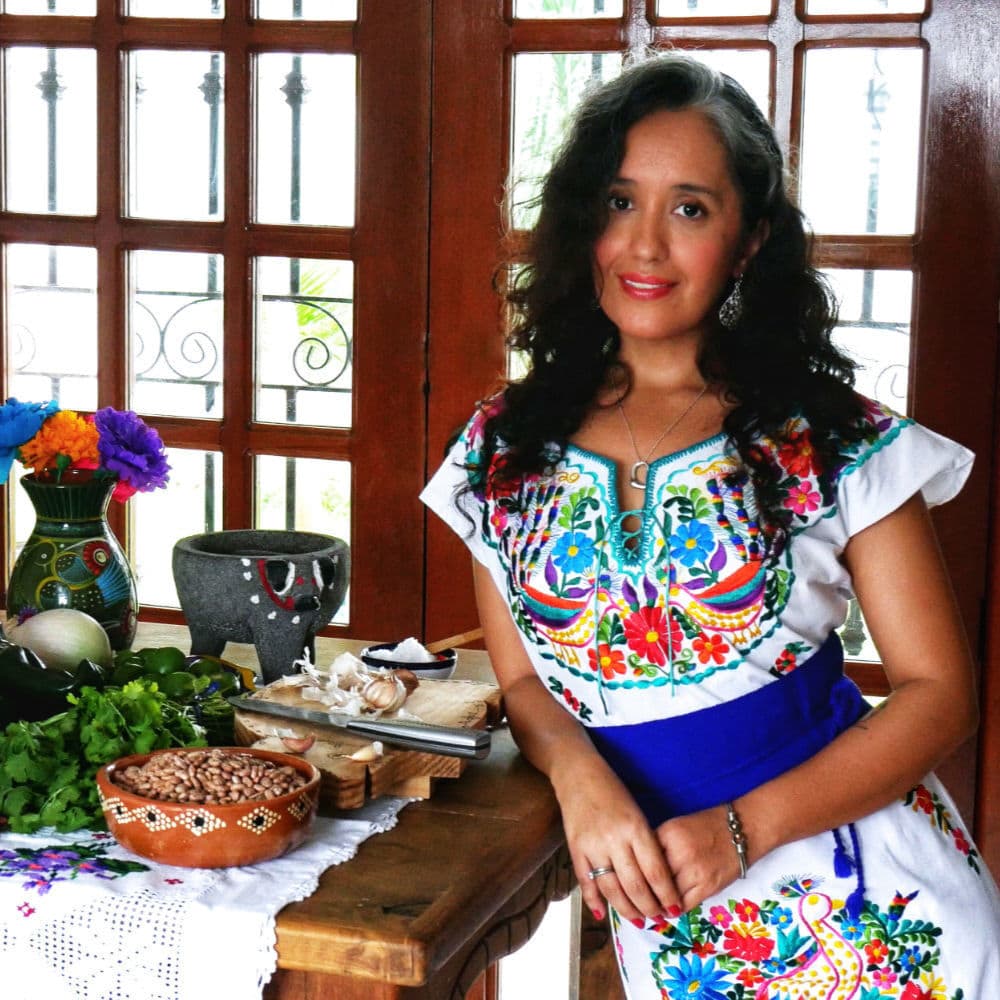
Gracias
I’m so happy you stopped by. If you have any questions or want to let me know how you liked this recipe, do leave a comment. Muchas gracias, I appreciate you!
How to Make Mexican Beans (Frijoles de Olla)
As you have now seen, making a pot of traditional Mexican beans is easy and cheaper than buying canned. Taste the real flavors of Mexico with this delicious and easy recipe.
Once you start making a pot of Mexican beans you can use them in any of your favorite Mexican recipes or turn the pot into a beans stew.
The beans you’ve just made can be served as is with some warm corn tortillas, or flour tortillas, to make a hearty bean soup meal. Alternatively they can be mashed up to make frijoles refritos or refried beans.
How to Make Mexican Pinto Beans (Frijoles de Olla)
Video
Ingredients
Ingredients
- 2.2 lbs. or 1 kilo dried beans pinto or bayos or peruanos or flor de mayo
- ¼ small white onion skin removed
- 3 whole large cloves of garlic peeled & left whole
- 1 teaspoon sea salt adjust to taste
- 4 leaves fresh epazote optional but adds great flavour (use 1 teaspoon dried epazote)
- 8 cups water or as needed
- 1 fresh jalapeno or serrano pepper optional
Instructions
Stovetop Instructions
- Place the beans on a countertop or table and little by little inspect them. Push the good quality beans to one side and all the damaged ones and any rocks off to another side to discard. Continue until you’ve inspected all of the frijoles you’ll be cooking.
- Pour the beans onto a colander then thoroughly rinse with cool water. Drain off excess water.
- Place the rinsed beans in your pot of choice. Add the onion, garlic, and chile if using. Pour in enough cups of water to cover the beans by a few inches. If you notice any beans float to the top, scoop out and remove because those are bad beans.
- Turn the stove to medium-high heat and allow the water to come to a boil. Once boiling turn the heat down to medium-low, cover the pot, and let the beans cook in a slow simmer until tender. Add hot water as needed. Keep an eye on the pot lid to make sure that it allows out enough steam without causing it to boil over.
- After about 60 minutes you can taste the beans to see if they have softened. If not continue to cook until they do. Once soft and tender you can mix in the salt and simmer for another 20 minutes. Carefully taste for salt and if needed add more.
Instant Pot Pinto Beans
- Sort through the beans and discard any dirt, debris or small rocks. Thoroughly rinse with cool water.
- Place beans in the pot of the pressure cooker. Add the garlic, onion, pepper if using, epazote and enough water to reach the 6 cups water mark.
- Secure the lid on the pot. Set valve to Sealing, select High Pressure and set timer to 40 minutes.
- Once the cooking time has completed, allow to naturally release for 15 minutes. Then carefully release the pressure.
- Pour in the teaspoon of salt, mix well then allow to sit for another 10 minutes. Taste and adjust salt if desired.
Slow Cooker Pinto Beans
- Sort through beans, rinse thoroughly then place inside the slow cooker and add onion, garlic, epazote and pepper if using.
- Pour in the water, cover and set to low and slow cook for about 7 hours. Check for tenderness and once cooked you can add the salt, mix and allow to cook for another 15 minutes.
Notes
Nutrition
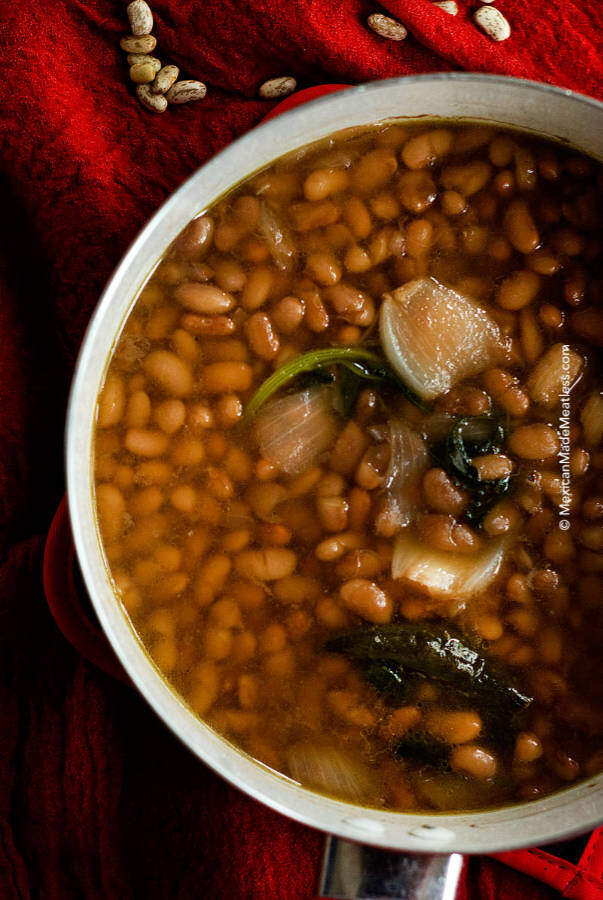
(Please notice that this article contains Amazon affiliate links, which may earn us a small commission if you make a purchase through them. Your support helps us continue to provide valuable content.)
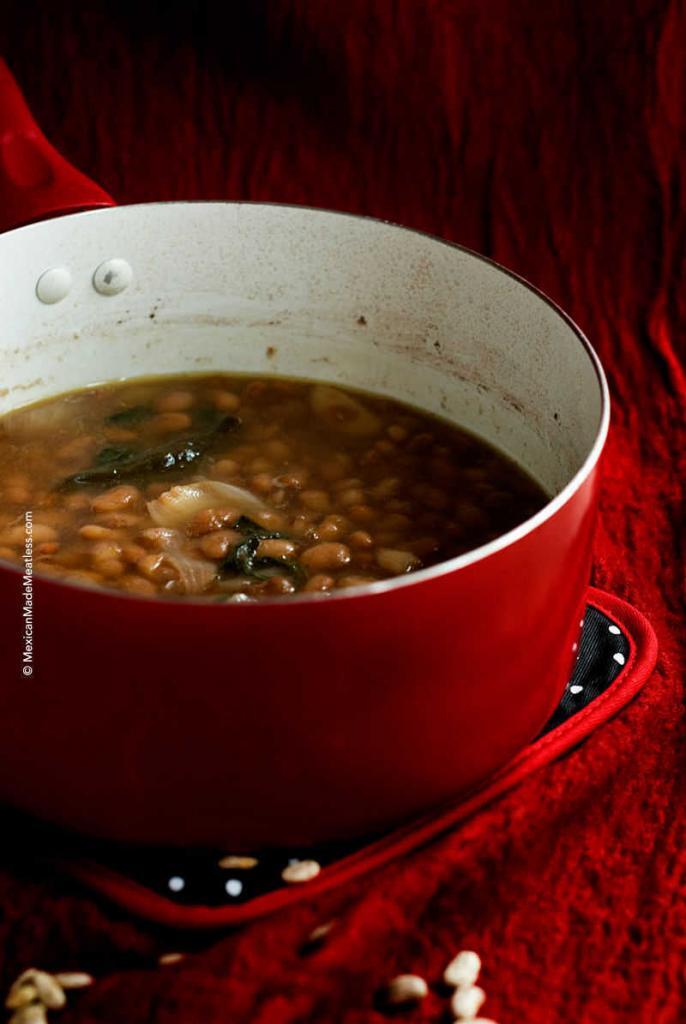
Originally published on February 2014
Nancy Lopez is a food blogger and author of the cookbook Mexican Tamales Made Meatless. Born in Mexico, raised in the US, and currently living in Southern Mexico, she has followed a meatless diet for almost 10 years. It is her passion and mission to share all she has learned about vegan Mexican cooking and vegetarian Mexican recipes. Mexican Made Meatless is a blog dedicated to preserving the authentic flavors of Mexican cuisine just without the meat. It’s a place to celebrate Mexican culture and all it’s delightfully delicious traditional foods. Read more…

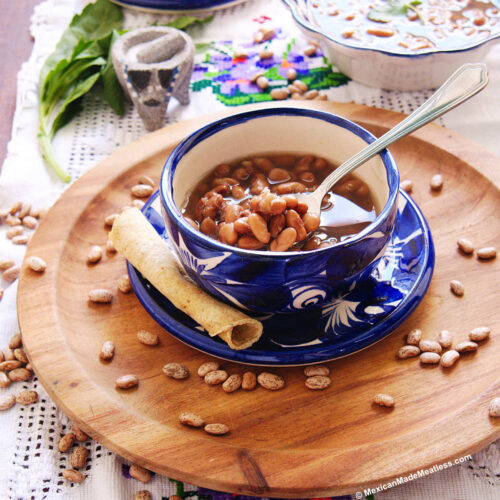
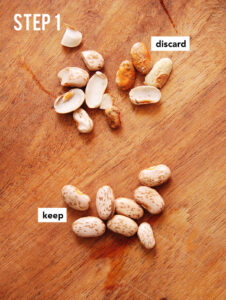

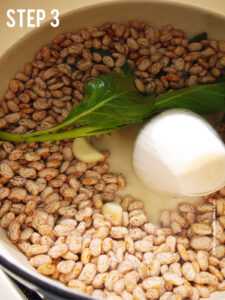
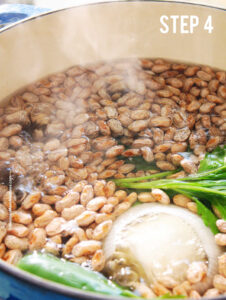
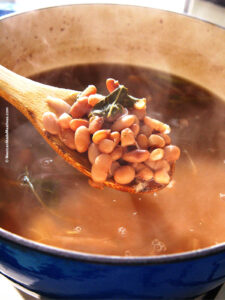
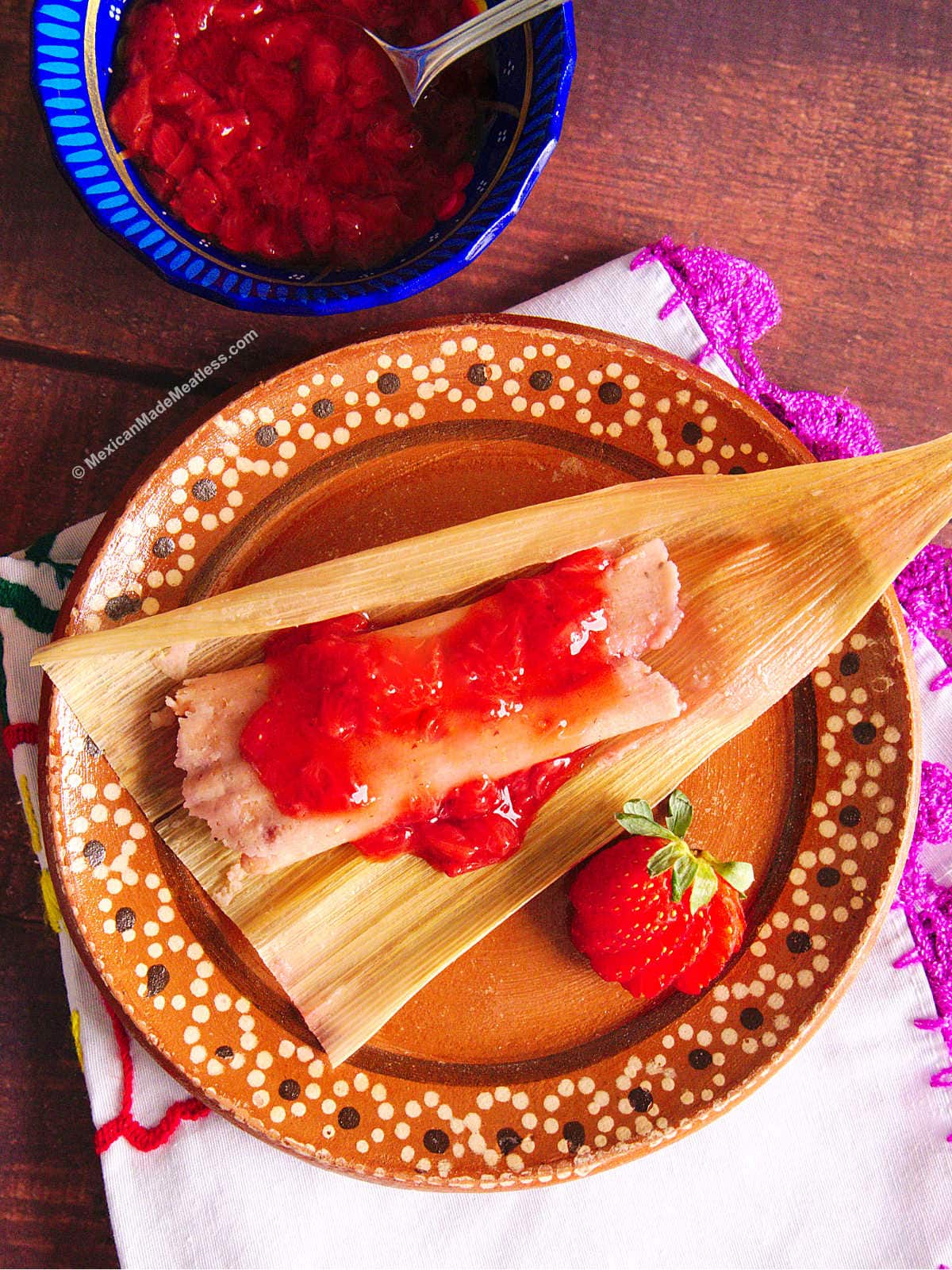
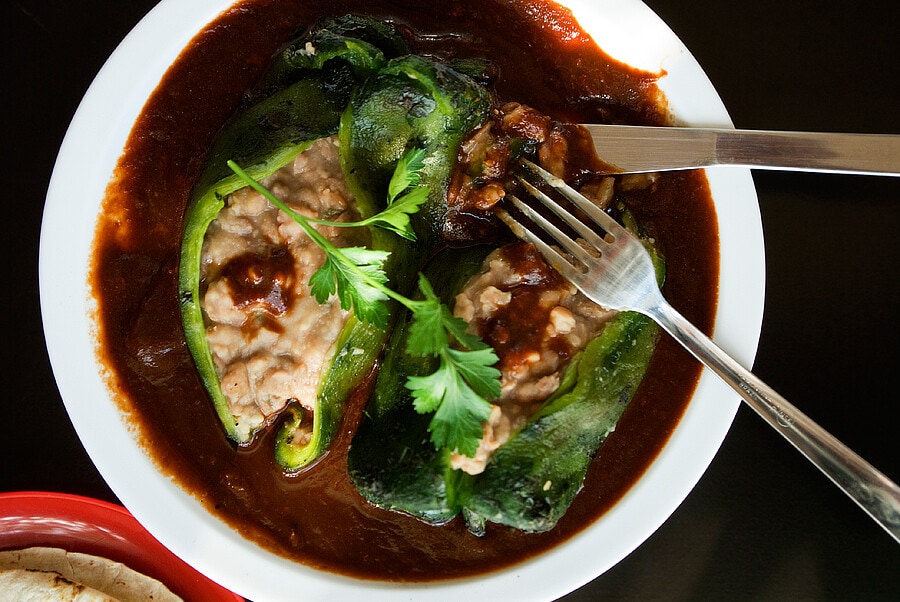
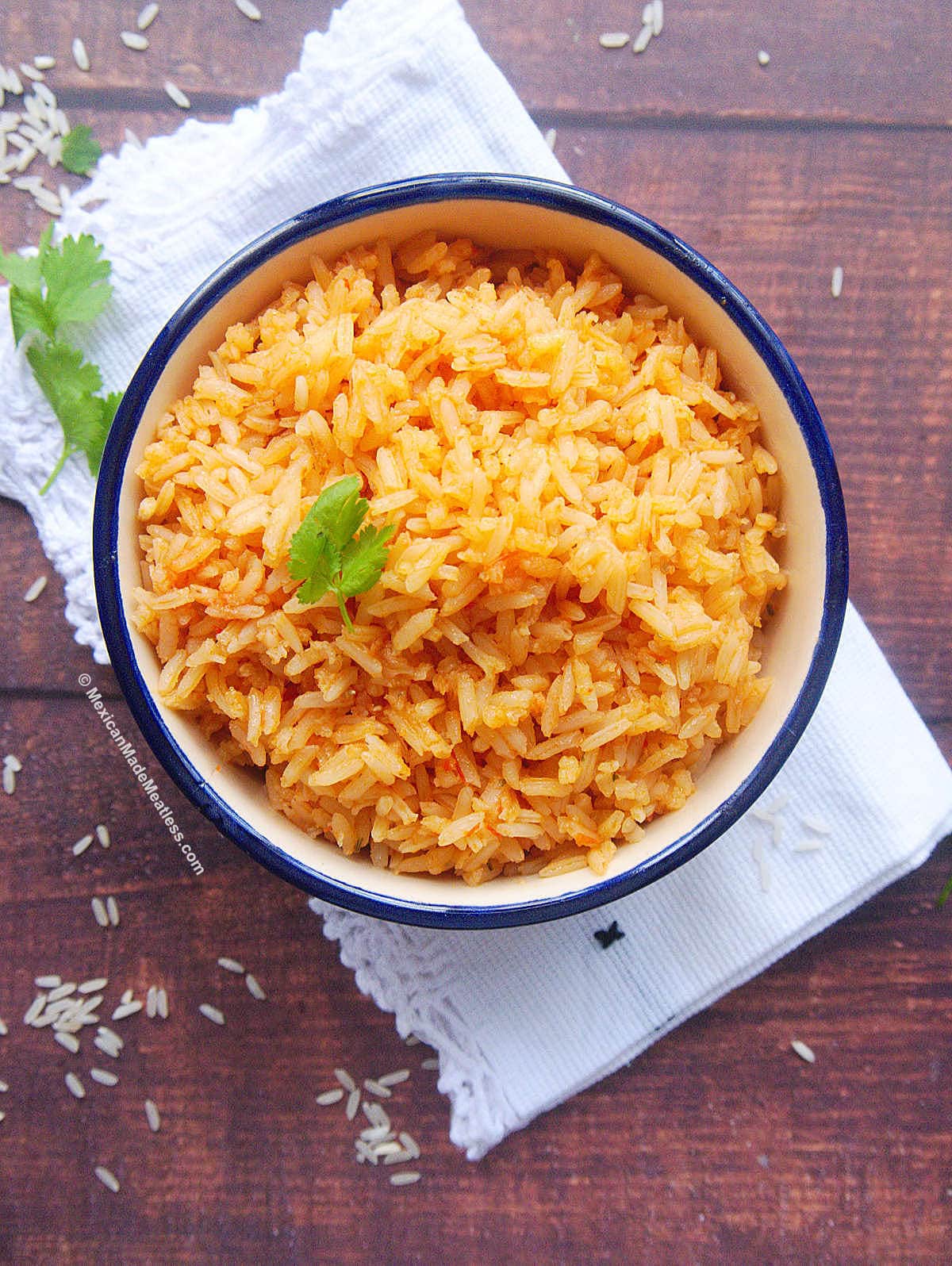
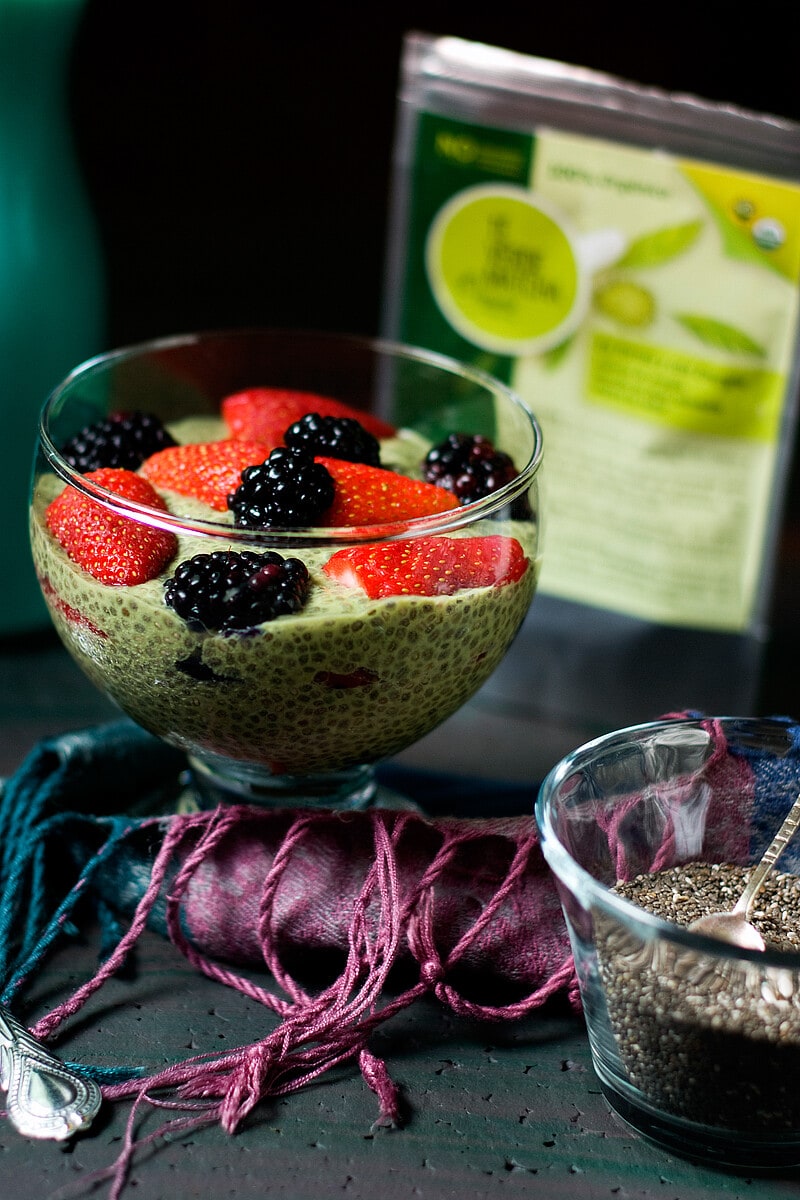
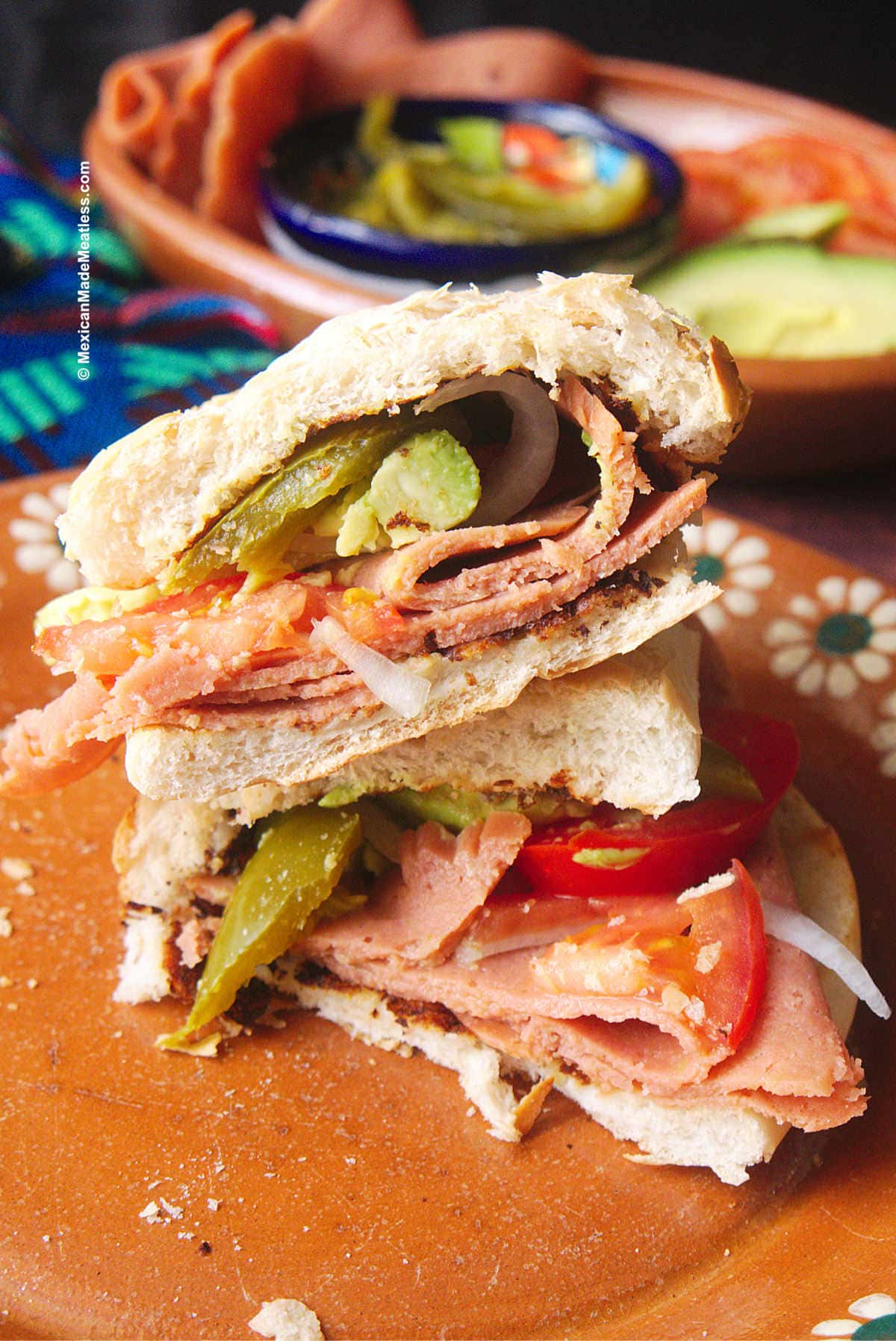
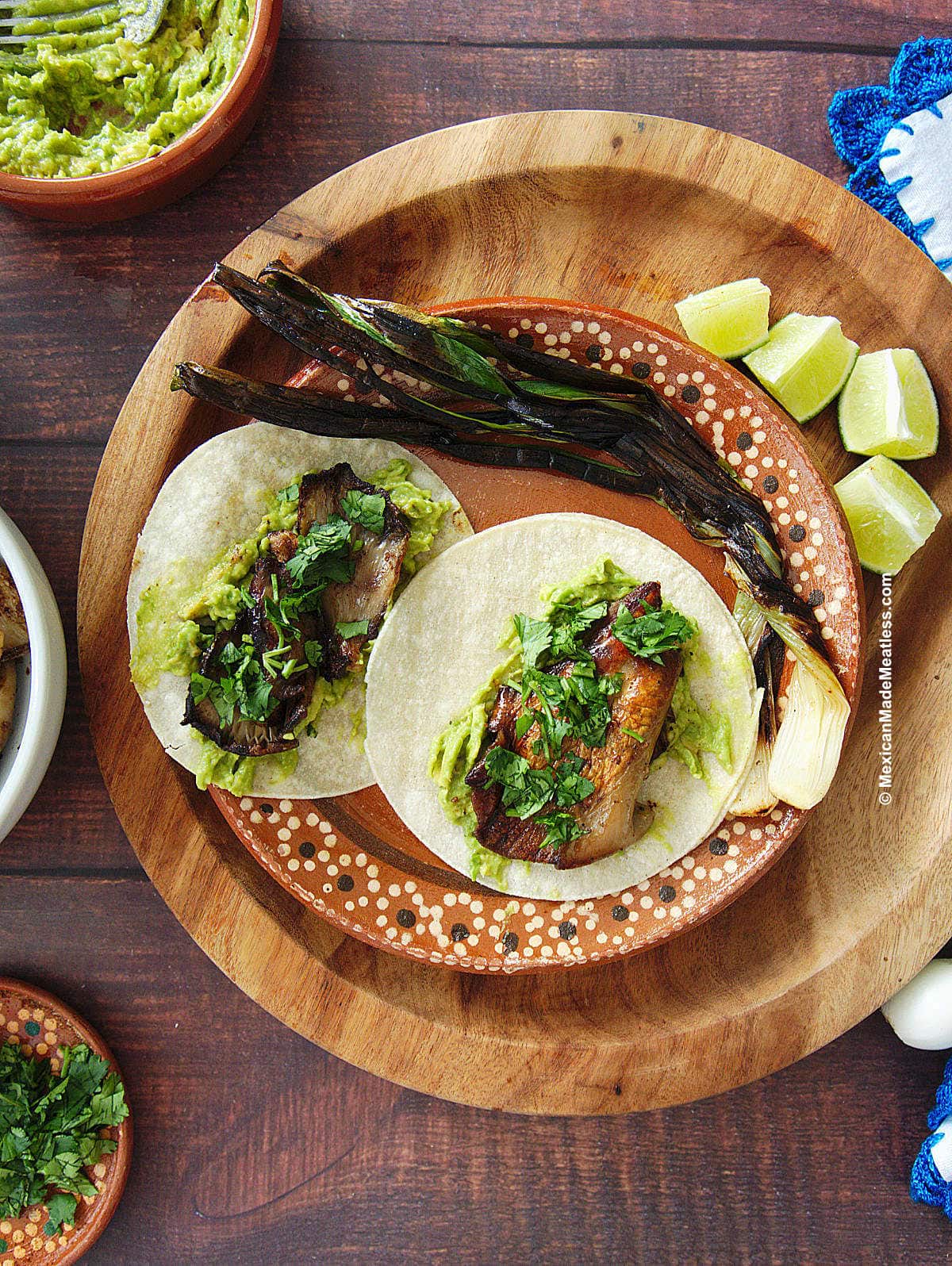
Comforting, delicious and wholesome.
Cheers,
Rosa
Thank you Rosa! I do think that for us Mexicans beans truly are comfort food.:)
Excellent! Turned out perfect, thank you!
I had always liked beans, but never really learned to truly appreciate them until I moved to Mexico. This was a love post–I like to think of it as a tribute to a favorite ingredient. And thanks for your kind words, Nancy. It was my husband who was having some worrisome health issues.
Thank you for wonderful recipes that can save animal lives, this is important.
We can get plenty of nutrients from plant foods (just take B12 also!!).
I have been a whole food ethical vegan for 20+ years and love beans. I do
soak mine for about 12 hours, rinse and either sprout for another 12-24
hours (rinse 2x during this) or cook. Soaking also helps with digestion
and sprouting beans provides more nutrition than not sprouting. (Also, soak
grains like brown rice, millet, for 8 hours and rinse before cooking, and quinoa
for 8 hours and rinse before cooking. namaste’.
Thank you so much for sharing your tips Rachel.
Great article on the diversity of bean cooking, there’s nothing like a fresh pot of beans with home made tortillas and salsa de molcajete, its a feast for royals!!! Remember when you where luttle and mamy used to feed us caldo de frijol con tortillas, hey that was a true tortilla soup!!! Lol
Of course I remember, I still crave su caldito…in fact I am right now. Couldn’t agree more, frijoles are a true feast! xx
why only 2 stars Friddam? I haven’t tried recipe yet, so I gave 4 stars for all the helpful and detailed info. I’ve been throwing my own version together for a few years now. But it doesn’t taste like the frijoles I love from Mexican restaurants. I use chili powder, not chilis. Does this compromise the taste? I also don’t use salt. I will add my sea salt to the end of cooking time. I have a pot simmering on the stove as I write this. I just came across your site today when looking up frijoles recipes. I will search for more recipes from you. Thanks for the time, love and effort you put into your work.
Hi Cat!
I think the chile powder does have a different taste than fresh chiles, but not necessarily in a bad way. Salt is a must because it really brings out great flavour in the beans. You’ll notice the difference with that straight away. Everything else (the onion, garlic and chiles) are a personal preference that you can play around with. I think it’s great that you’ve been experimenting with your own versions. Enjoy your frijoles! Thank you
Nancy,
I am a pre-soaker if I have time. The pressure cooker–I am a great proponent for cooking beans. Pressure cooking uses less propane/gas and if you let the pressure natural release (not running water over but just letting time do the release), the skins stay on and the texture is the same as a well-cooked batch of beans. Great post. Y epazote!
Hi Letty,
I wish I wasn’t afraid of the pressure cooker, I really need to get over it. Thank you for the comment and tips!
We Indians love our beans too!! I truly hate using the canned stuff. Its nothing in comparison to soaked dry beans made from scratch 🙂
I couldn’t agree more Kiran, thanks!
Love pinto beans and refried. I usually have pintos cooked in th refrigerator and if I want something lite I use beans cheese, onion in a rolled up fresh tortilla. Sometime I’ll throw fresh made chili on top with cheese and onions. Keeping you recipe.
Great post, for a second I started to feel like an expert 😀
Thank you, Marta:)
This makes me think I should be cooking more with beans… Delicious looking stew!
Thanks Gintare, I hope beans are in your near future.;)
G’day! Very interesting and informative blog post today Nancy, true!
I always love your photos too!
Cheers! Joanne
Thank you Joanne! xx
We love frijoles and these look specially tasty.
Great combination of spices.
Glad to hear it and thanks Daniela!
I use beans also lately, we have such a cold winter this year. I cook lots and lots of comforting food-)) We need spring!
Dear Nancy, thank you for a very interesting post and greet ideas.
Hugs,
Yelena
They are perfect for cold weather — really comforting too. Thank you Yelena! xx
I need to cook more beans from dry… I always take easy canned root. These look great. 🙂
I hope you can give them a try sometime, Ramona. You might not go back to the canned ones.;)
I honestly feel terrible for anyone who has not cooked beans from dried before–I used to think I couldn’t eat beans/didn’t like them when all I had was from cans (unpleasant stomach side effects, bland pasty textures, etc.). Since I’ve been cooking them from scratch, it’s a whole new world!
I have trouble finding epazote, so I sometimes will throw in a small square of kombu seaweed (primarily used for making miso soup), which does the same thing for promoting good digestion. It doesn’t flavor the beans whatsoever. And of course the Indian method is fenugreek and turmeric, but those are fairly strong flavors.
Now, off to plan my next pot of legumes…
Hi Fawn,
I’m not a fan of canned beans either, Fawn. Glad you were able to start enjoying “real” beans and the epazote too — love your substitute,thanks for sharing that tip. Enjoy your legumes!
Thank you for the great tips. I felt like reading a well written text book. Also amazing is your photos – stunning!
Thank you!:)
Thank you for your thoughtful instruction and explanation. I’ve loved making my own for years. Helpful to learn your method, especially the timing of adding spices. I like adding carrot to mine. I put finished beans in batches into food processor to get desired consistency.
Thanks for all the great tips, I love beans and look forward to more instalments
My pleasure Tania, thank you!:)
I now know I’ve been cooking my beans in the wrong way 🙁 I hope I’ll find epazote. Would love to try the culantro too!
It’s okay, now you can start over the right way Daniela. Thank you and good luck finding both the epazote and culantro.
You can find dried epazote. I don’t know how it will do but since I have a jar I will use it today and find out.
Hi Valerie! The dried epazote is a good substitute, enjoy!
This is exactly how I like my pinto beans cooked! Pretty much the same ingredients, but different peppers. Your pot of bean look awesome! I want to scoop some out and wrap them up in a tortilla. So good! Like you mother, I use my pressure cooker. I did watch rice spew out the pressure valve once all over the ceiling, but at least it didn’t explode. Ouch!
Really, that’s great MJ. Ouch indeed but glad it didn’t explode. Thanks!
Want! Nothing like a big pot of delicious, slow-cooked beans to use throughout the week.
Exactly! Thank you Danguole.:)
Thanks for all of your tips. Pinto beans were a staple in our house when I was growing up. My parents were from Louisiana and Creoles love red beans and pinto beans. My mother always soaked her pinto beans and black eyed peas. After reading this post I will no longer soak mine. I was a young adult before I had refried beans and it was love at first bite.
My pleasure Sandra, and glad to hear you are also a fan!:)
I am so happy to have found your site. Have you ever made these beans in a slow cooker? I am going to a slow cooker (crock pot) party this weekend and want to make these beans. Also, do you ever use dried chiles like adobo or chipotle or chipotle in adobo? Thank you.
No, I have never made them in a slow cooker — though I’d love to give it a try sometime. If you read through the comments you’ll see that many people do use a crockpot with great results.
Yes, I love dried or chipotles en adobo when added to beans. They can transform them from a simple side-dish to quite a flavourful one or even a main meal. Enjoy the brand and have a blast at your party!:) ~Nancy
OK, “Spicy Foodie” AKA Nancy, I’ve been fighting the Epazote issue for a very long time with NO joy. Now I see that dried, broken leaves are available from “The Spice House” over the internet.
If I must use those broken leaves, how much would I use to replace 2 or 3 fresh leaves?
I Love Mexican food and fix it frequently.
Hi Bill,
Congratulations on finally finding epazote! I would say about 1/4 teaspoon. My recommendation is to start off with a small amount then you can taste the dish and adjust if you feel it necessary. The fresh leaves are more pungent, but I’ve used the dried epazote with great results too. Have fun experimenting and enjoy all that Mexican food! 🙂
I am a bean lover since 1984, minnesota, usa, vegetarian. The information here is superb. I eat beans every day, and this site has given me much to enjoy for taste and health.
Hi i was wondering if i used a jalapeno pepper would it make them spicy i have kids and they eat the beans to so i dont want them to be spicy and i have no epazote so should i still do everything the same with the onion and oil and garlic
Hi Wendy,
Jalapeños can be spicy if you’re not used to the heat. Since this is your first time I would suggest perhaps omit the chili altogether. Or you could remove all of the seeds and pith and use only a small piece to give the beans flavour but with only a little bit of heat. Another option would be to use poblano peppers (also without the seeds) or a non-spicy bell pepper.
Good luck and enjoy the beans! 🙂 ~Nancy